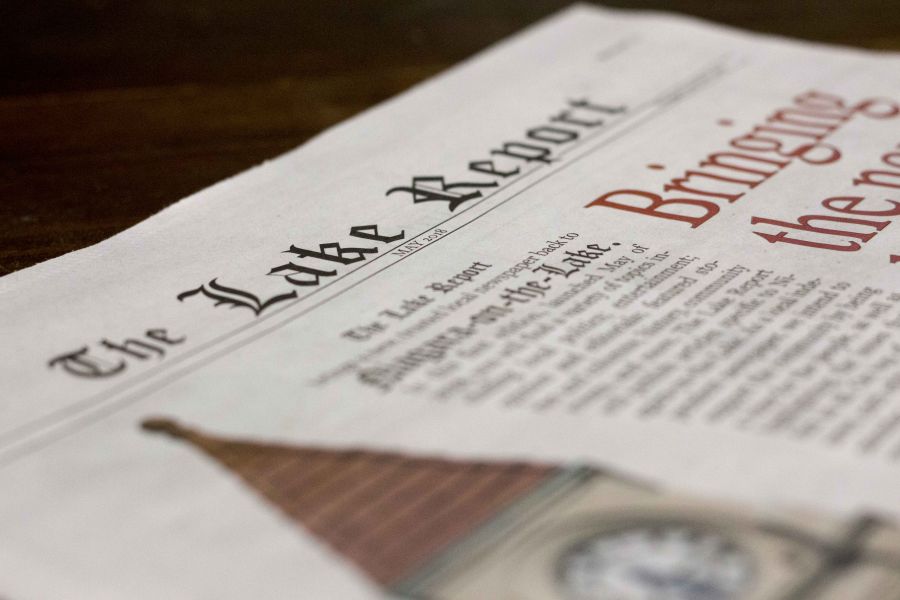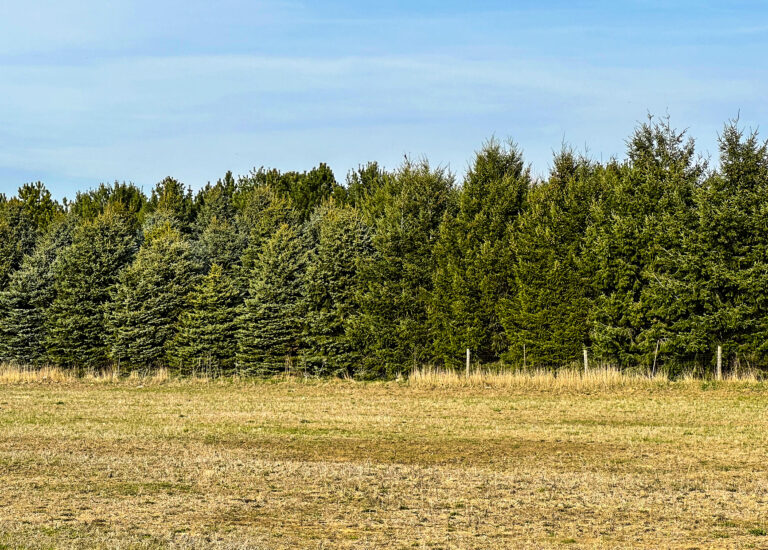We are thankful to see that after two months of opaque refusals to tell Niagara residents how many people in each community have been infected with COVID-19, Niagara Region public health is now, reluctantly, releasing some of that information.
Transparency is one of the great buzzwords of modern society and government. But walking the talk about being transparent when it comes to information is not always an easy journey for those who govern us, the agencies that operate to serve the public or the bureaucracy that supports those institutions.
Niagara public health cited “privacy concerns” about releasing the anonymous data when leaders like Lord Mayor Betty Disero argued that, in at-risk communities like NOTL, it was essential to know how widespread the virus is and how it is spreading.
Public health has seen the light. Sort of. But not really.
If you go to the agency’s website, trying to find the actual numbers can be confounding. Instead, you can readily see the number of cases per 10,000 population. In NOTL’s case, that is 11.1. If you hover your cursor on the orange bar, a pop-up will tell you that equals 21 total patients.
Now, that is really not a very “customer-friendly” method.
Then click on the “Active” bar to find out how many people here still have COVID-19 and all you will know is it’s 1.6 per 10,000. And despite repeatedly asking public health to confirm that translates to three people (down from five a few days ago), they won’t.
When asked several times to explain public health’s philosophy and how such simple statistics could possibly create privacy problems, a spokesperson’s answer was not very encouraging:
“Public health is always trying to balance providing transparency of the local situation with protecting privacy, which is a concern when dealing with small numbers. With active cases, the numbers are small in almost all municipalities, so we’ve opted not to provide the raw case count. The case per 10,000 population metrics, we believe, is a reasonable compromise to provide some transparency to this metric of public interest.”
“Privacy can be infringed with small numbers because we have provided several ways to filter and cross-tabulate data on our website, so it is possible for someone to learn many details about an individual case. In small, close-knit communities, that can be enough to identify a person.”
Seriously? The fear that someone might eagerly cross-check various numbers and data points to try to figure out if Sam or Sally down the street has COVID is a real stretch. The local grapevine is far more likely to tell us who has the virus than anonymized, non-specific numbers.
By all means, individuals’ health information must remain private unless they choose to release it. But too often with our agencies in Niagara – notably government and police – the default Big Brother position in releasing public information appears to be “how can we find a way to invoke privacy so we don’t have to release data?”
There always will be cases where privacy is a legitimate concern. But please: our democracy is founded on openness and transparency. Let’s stop trying to find specious ways to keep public information private.











